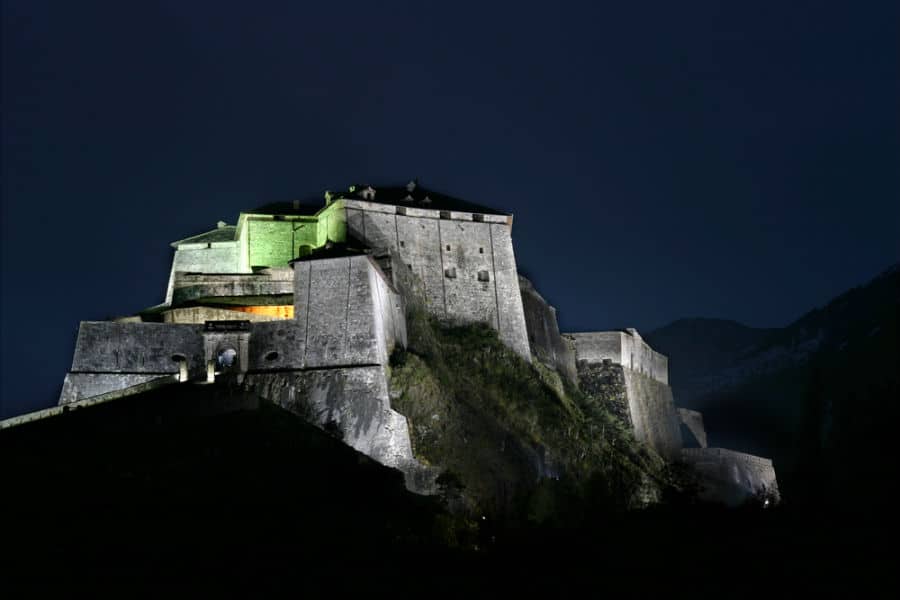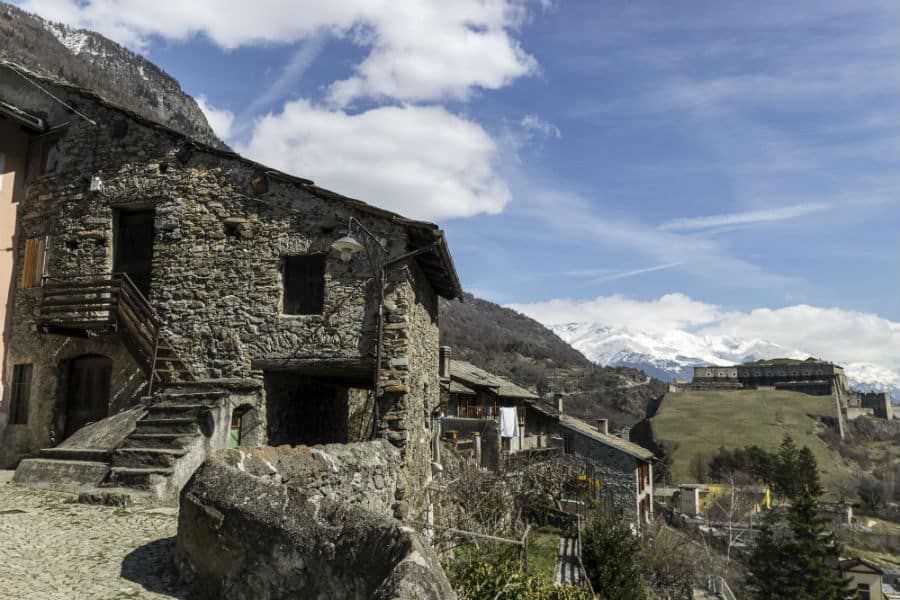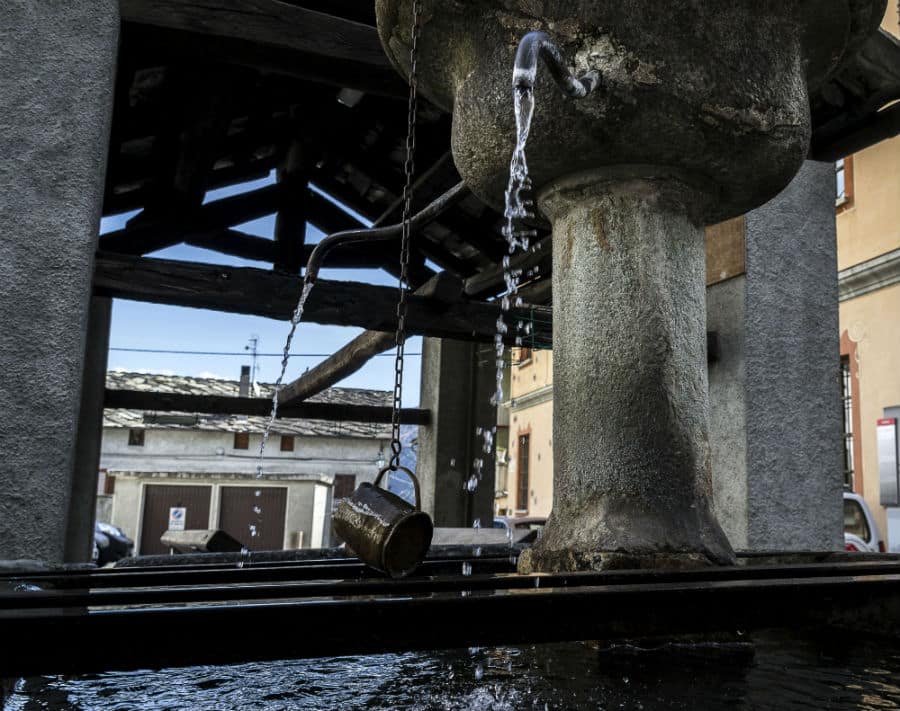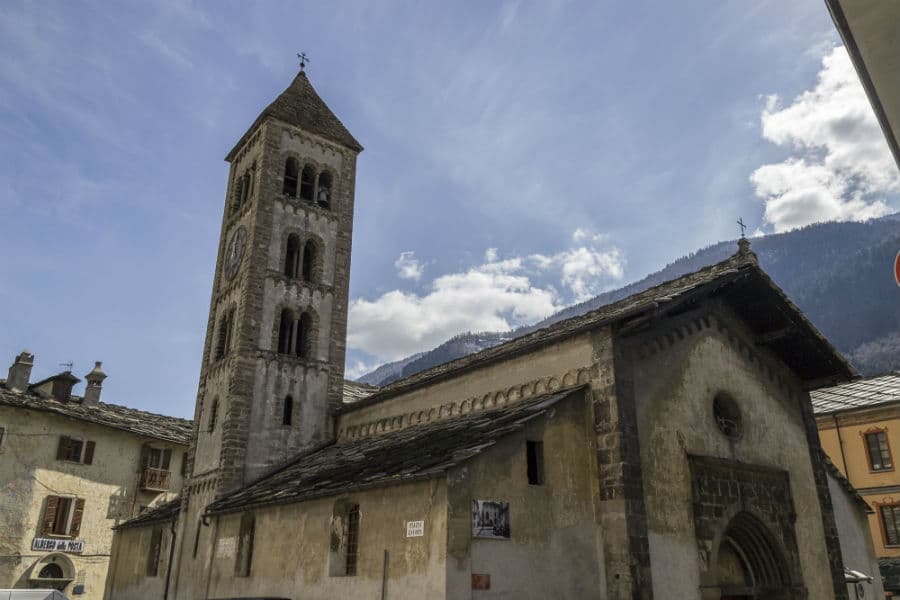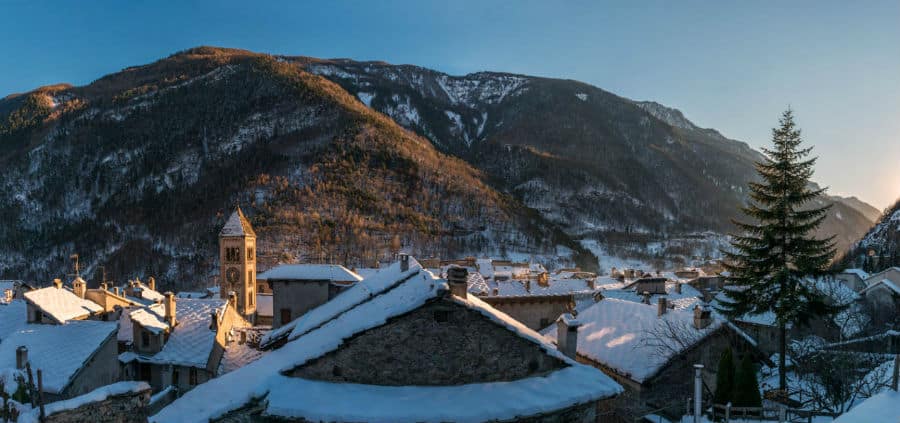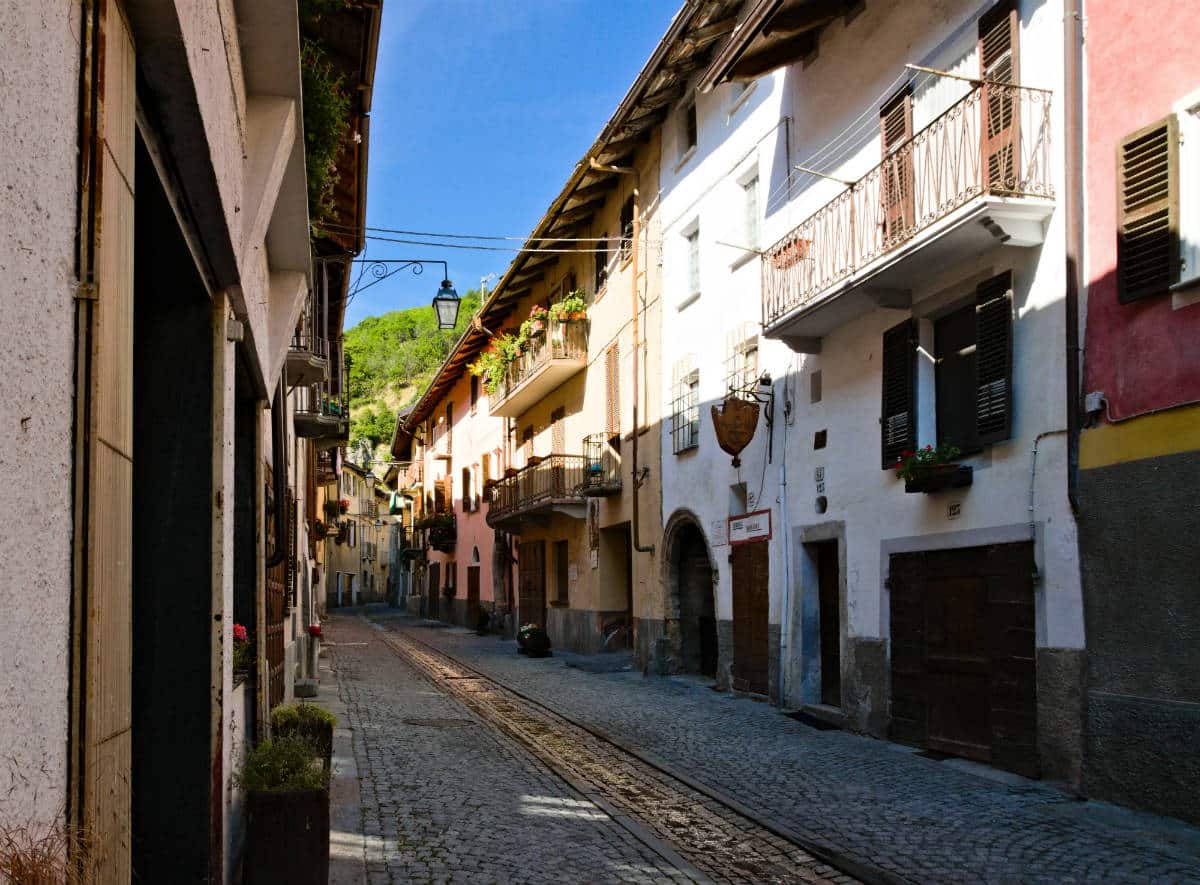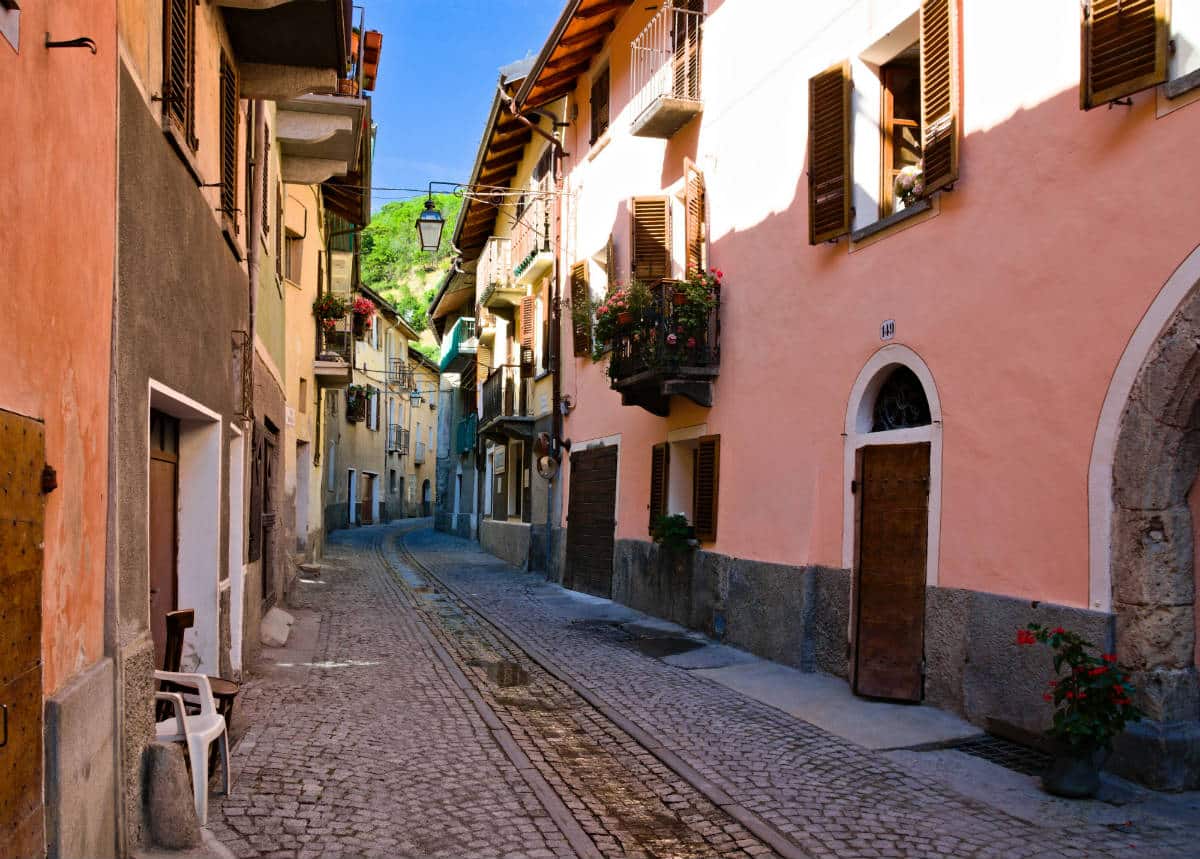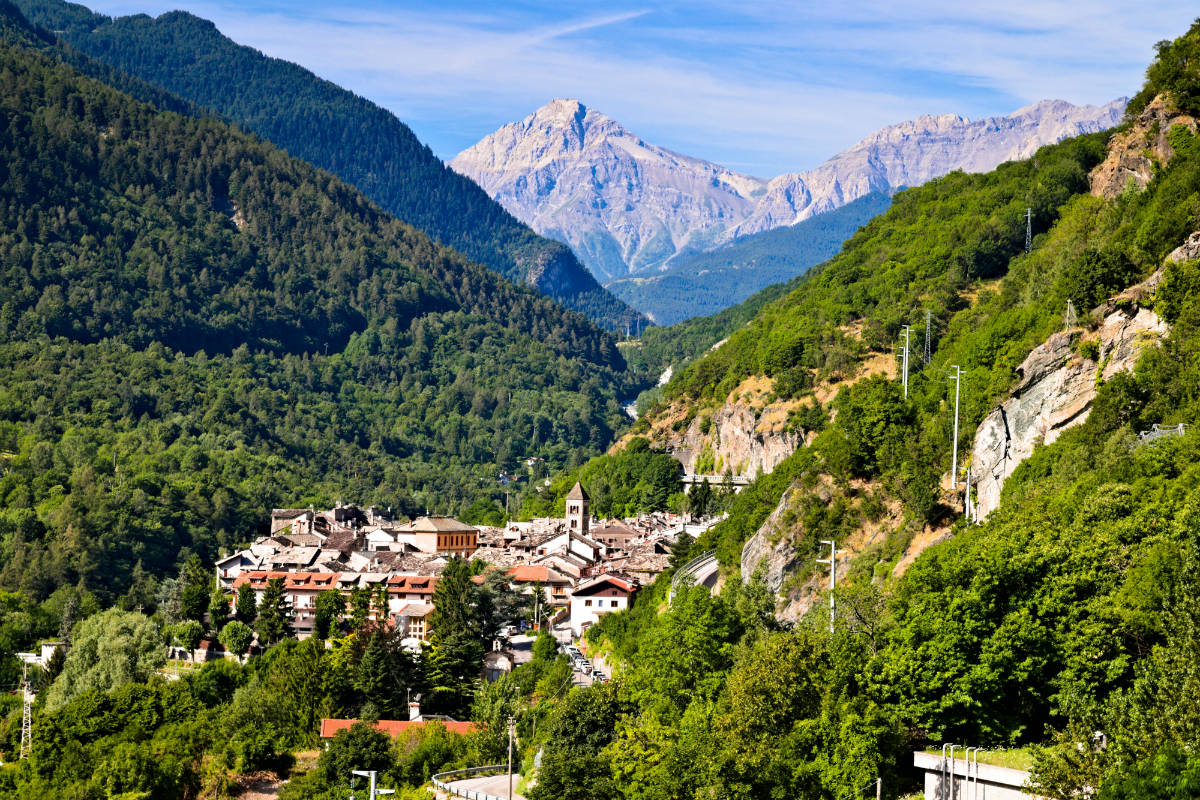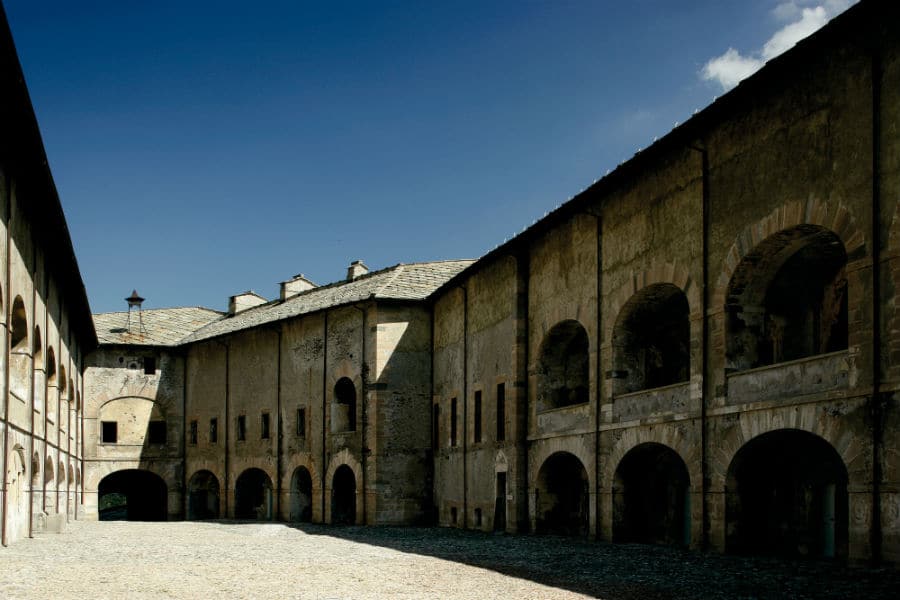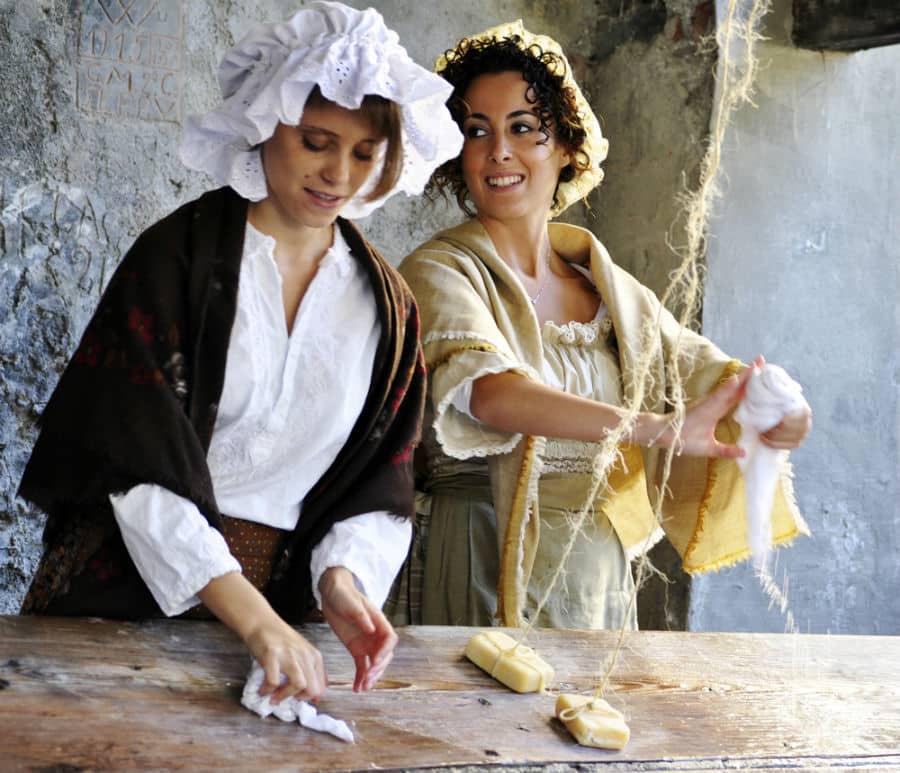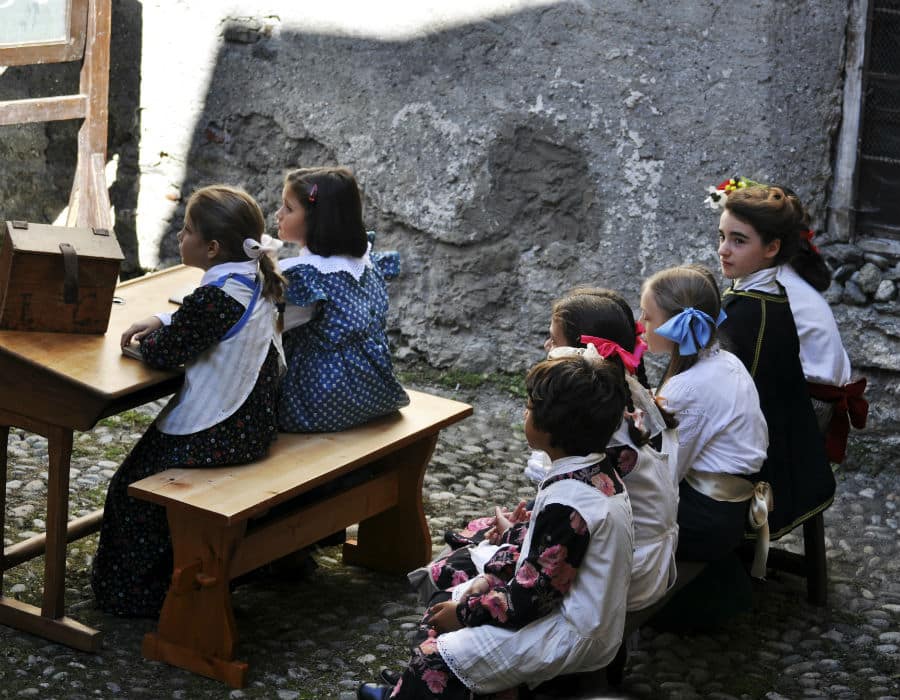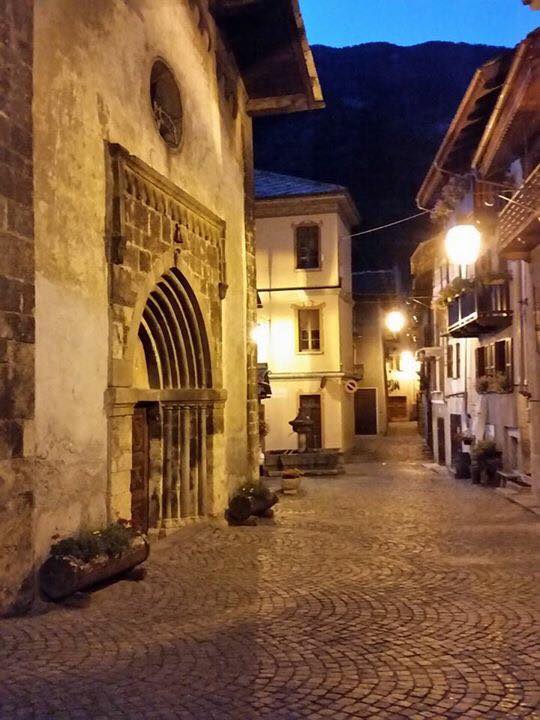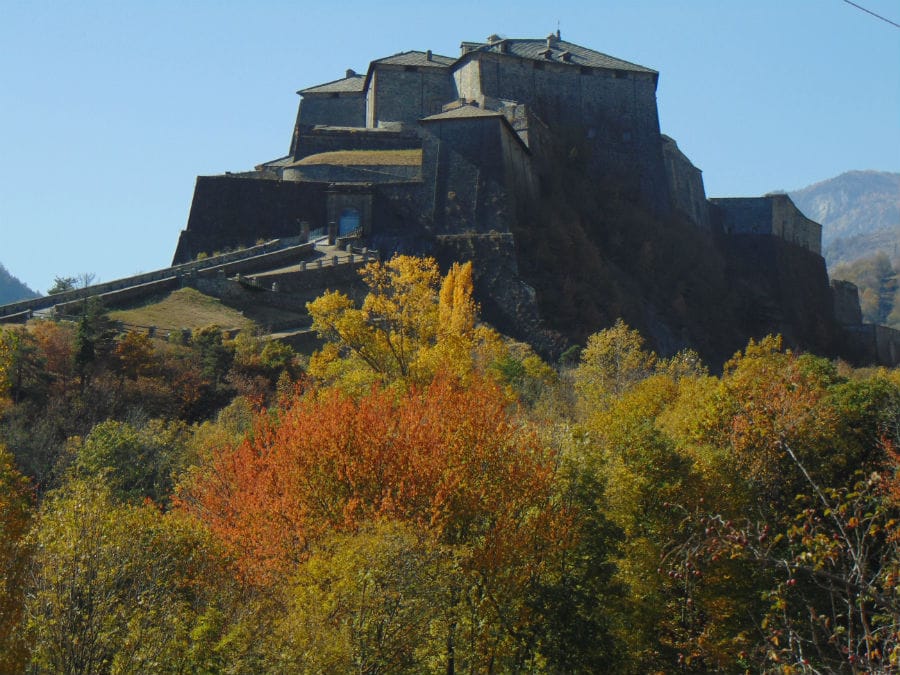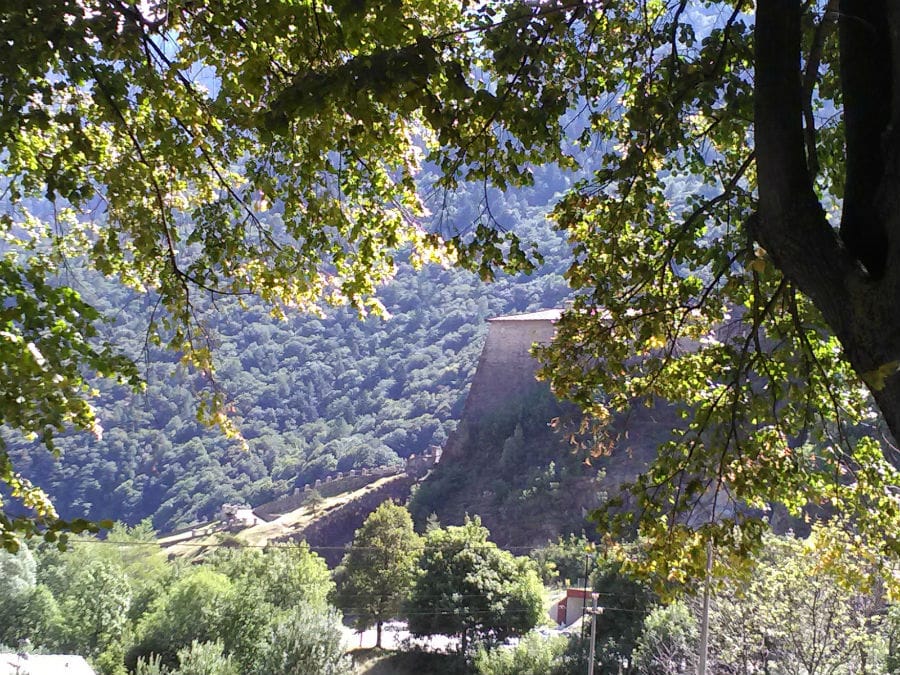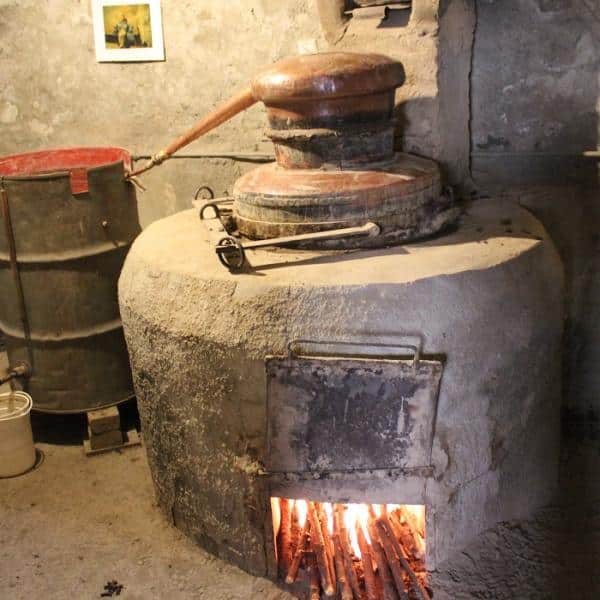The scenarios that will welcome us as soon as we arrive in the vicinity of Exilles, small village of 300 inhabitants in the heart of the Alta Valle di Susa, are worthy of the best locations of the now cult series Game of Thrones: stunning rocky peaks, deep gorges and natural sculptures carved by years of atmospheric phenomena retain, nestled between them, a village from medieval taste, place still today of historical commemorations and traditional entertainment.
The village of Exilles is situated at the mouth of the Vallone del Galamabra. What crucial node within an area is strategically important for the proximity with the alpine pass of Monginevro, is mentioned already in Roman times for the presence of a fortified structure on the Altura that emerges between the gorge, i.e. the first nucleus of the strong that now dominates the town.
The origin of the toponym exingo celtic-magus: fortified square, is used to indicate the peculiarity of the inhabited area of Exilles since its origins. The development of the village is connected certainly because of the presence of the Fort of Exilles, so much so as to have the typical shape of a medieval shelter to accommodate the inhabitants during the sieges of strong. The village you browsed for doors that opened on the four sides, and center the main road "Charrière" is still crossed by the channel of water for the cleaning of the roads and for fires, where ancient surrounding houses form of small internal ricetti juxtaposed each other.
Strolling along its narrow streets in stone, dotted by the typical lavatoi mountain, meet buildings of cult of absolute splendor, as the parish church of SS. Peter and Paul (XIII century), the splendid fifteenth-century portal, preserves inside wooden furniture of great merit as the pulpit or the retables made by master carvers as Chaffrey Faure or Jacques Jesse who worked in many churches and chapels of the High Valley in the area of Escarton Oulx. The campanile of Exilles presents unique elements not found in other models valsusini, such as duotone between pale plaster of the walls and the ashlars, dark, frames. Curious is the small chapel of Ss Rocco and Sebastiano, built in 1660 by reusing stone quoins and decorations of a previous chapel probably dedicated to San Pietro.
For visitors more adventurous, there are many small villages that you can reach by walk from Cels-Rif, renowned for the fortress of Sur greenhouses where the rebel Francesco de Bardoneche possessed one of its Fortified dwellings, passing for Cels-Morliere, Cels-Ruinas and Deveys, where the chapel of San Biagio delivers fine examples of late gothic art.
After a deserved stage the Grappa Museum "Gianfranco Joannas" and the visit to two curious eighteenth-century fountains from anthropomorphic features, we ascend in San Colombano, the borgata highest, now in sight of the "Terre Alte" of the Massif d'Ambin, mountain view from the remarkable beauty.
True pearl of the village, however, is its Fortess: the first traces date back to 1155 when, under the control of the Counts of Albon, there is news of a first fortified complex, witness during the long centuries of its struggles, clashes, destructions and reconstructions. Always site in a strategic territory for its border position, strong as we know it today dates back to the nineteenth century when, after its complete destruction for French hand following the Treaty of Paris, was rebuilt by the King of Sardinia. Along the State Road 24 of Monginevro that cuts in that section of the Alta Valle di Susa, in proximity of the country we are now faced with a construction terribly evocative and spectacular. Protagonist of mysterious legends and stories (how not to remember the famous Iron Mask, who lived in the strong - it says - between 1681 and 1687), after years of neglect and abandonment, it was purchased by the Region of Piemonte in 1978. Open from June to September, the Fort is today the seat of two innovative museum areas, and the protagonist of many cultural exhibitions during the summer season.
Among the significant events of Exilles indicates Exilles City, a manifestation in costume that animates the small village with musical and theatrical performances put in place by the population between alleys, courtyards and fountains.


